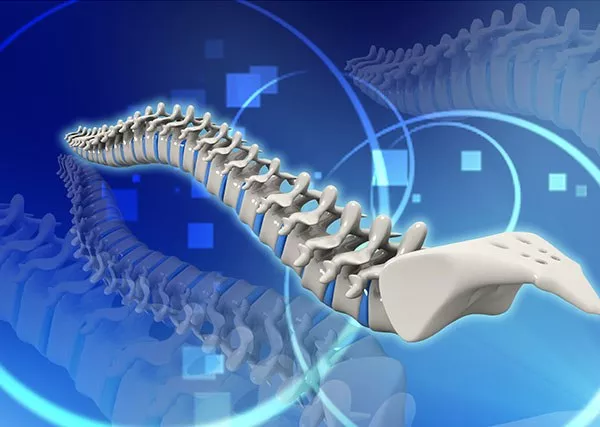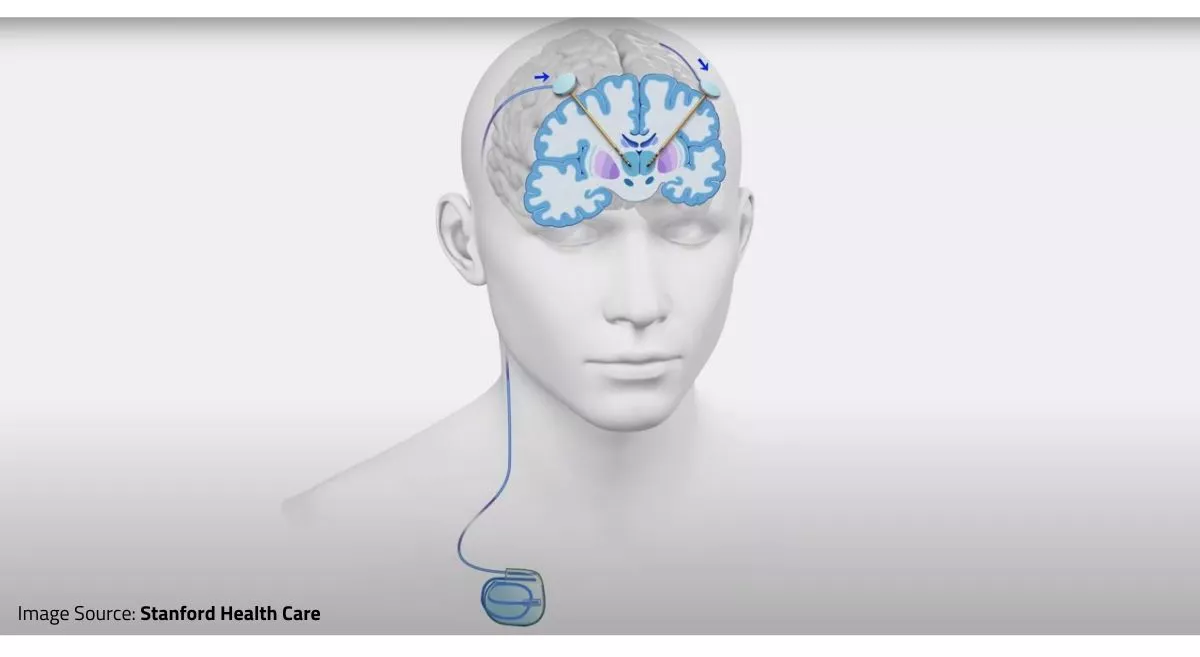Your spine, or backbone, is what provides support to your body, by helping you stand, sit, bend, move and twist. Extending from the base of the skull to the extreme lower back and shaped like an ‘S’, the spinal column/ vertebrae, which protects the spinal cord against injuries, has 33 individual bones, interlocked to each other. These vertebrae are numbered and divided into four regions – cervical (near the neck), thoracic (upper back), lumbar (lower back), sacrum (extreme lower back – connects the spine to the hip) and also the coccyx (tip of the spine or tailbone). Only 24 of these bones are movable, as the sacrum and coccyx are fused.
Spinal problems can arise due to injuries, tumours, infection, cranio-vertebral dislocation and age-related issues like disc-degeneration. Symptoms that point to a spine problem include persistent back pain (upper/lower), pain in the neck, numbness of the legs and hands and difficulty to sit, stand or walk.
Congenital deformity of the spine or scoliosis is a condition wherein the spine is curved in abnormal pattern, leading to physical deformity (the person will have a bent/ curved back and may not be able to stand straight). Severe cases of scoliosis can be surgically corrected, in both children and adults.
Spine surgeries can be classified into two – open or conventional surgery and keyhole/ minimal / minimal access spine surgery. Certain spinal conditions like disc problems (compression) and tumours can be treated through keyhole spine surgery or minimal invasive spine surgery (MISS).
What is keyhole or minimally invasive spine surgery?
These procedures, as the name rightly suggests, is a highly advanced form of spine surgery that involves very small incisions, which means minimal damage to normal tissues and in turn, faster post-surgery recovery. Minimally invasive spine surgeries are performed with the help of special operative tools called Tubular Retractors. These are inserted through small incisions, right into the spinal column, creating a tunnel like opening to the area that needs to be operated on. The tubular retractor holds the muscles open and is kept throughout the procedure. This ensures that the blood loss and damage to the muscles, ligaments and bones are minimal, compared to open surgeries.
Advantages of minimally invasive spine surgeries:
- Very small surgical incisions
- Lesser tissue/ muscle damage
- Minimal blood loss
- Lesser pain
- Minimal pain killers
- Fewer post-surgical complications including infections
- Minimal hospital stays (only 1 or 2 days post surgery)
- Quicker recovery
- Faster return to normal life
- Lower incidence of surgery related back pain
Minimally invasive spine surgeries are extremely helpful for elderly patients as the associated problems are significantly lesser. It is also useful for obese/ overweight patients as the healing time is lesser and they can start to walk the next day.
The most common application of minimally invasive spine surgery is managing herniated lumbar disc causing sciatic pain. In this case, the patients are typically discharged on the same day (if it’s a day-care procedure) or the next day, post surgery.
Performing minimally invasive spine surgeries requires advanced surgical skills and specialised training, backed by state-of-the-art technology. The Centre for Spine Care at Aster Medcity is equipped with the latest in surgical technology including MISS retractor systems, Karl Storz Endoscope, Siemens Isocentric 3D C-arm, Medtronic Stealth Station Navigation System, Lieca M530 OH6 & Leica M525 OH4 Operating Microscopes, Medtronic Legend EHS Stylus electric drills, Medtronic Legend high-speed pneumatic drills, Medtronic Legend oscillating and reciprocating microsaws, Intraoperative Bone CUSA, highly advanced spinal operating tables and intraoperative electrophysiological monitoring. We treat complex spinal conditions in adults and children including spinal stenosis, spondylolisthesis (dislocated spine), fracture fixation, spinal tumours and spinal fusion procedures.





